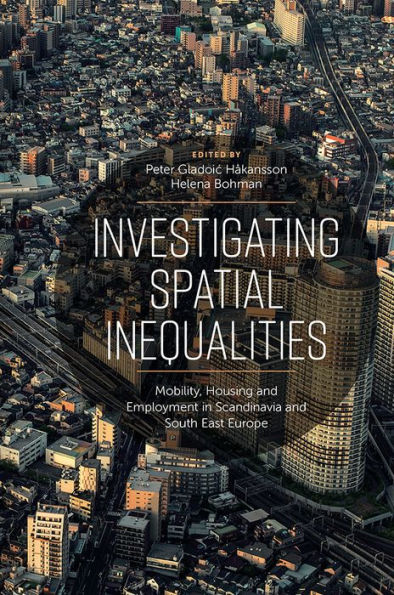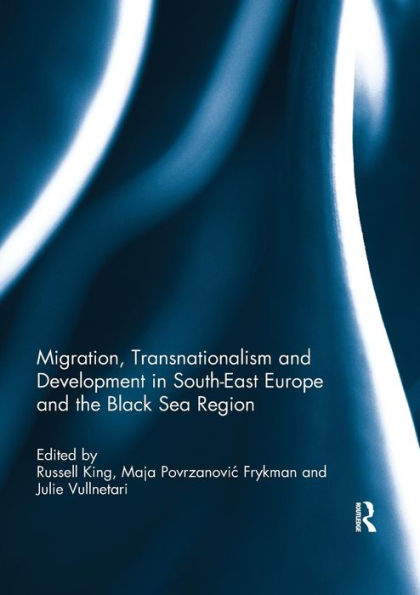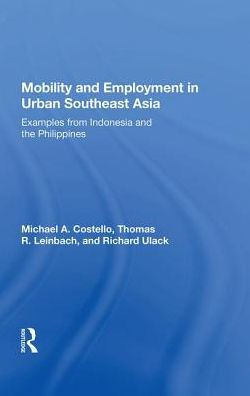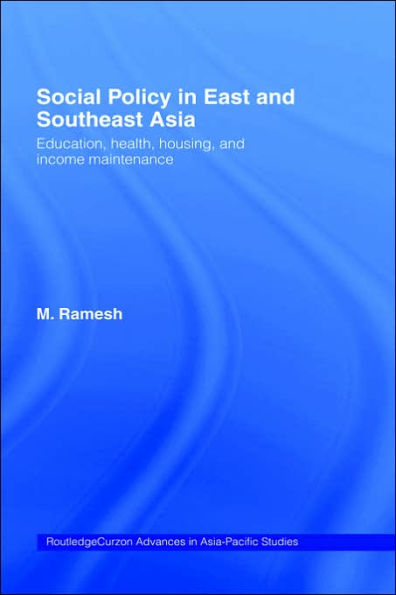Home
Investigating Spatial Inequalities: Mobility, Housing and Employment in Scandinavia and South-East Europe
Barnes and Noble
Investigating Spatial Inequalities: Mobility, Housing and Employment in Scandinavia and South-East Europe
Current price: $111.99


Barnes and Noble
Investigating Spatial Inequalities: Mobility, Housing and Employment in Scandinavia and South-East Europe
Current price: $111.99
Size: OS
Loading Inventory...
*Product information may vary - to confirm product availability, pricing, shipping and return information please contact Barnes and Noble
Seen as one explanation for the election of Trump, Brexit and the surge of a right-wing movement across Europe, spatial inequality has become an increasingly relevant topic. Offering in-depth perspectives on factors such as local labour markets, housing and mobility, this book investigates centralization tendencies in Scandinavia and South East Europe that help shape regional development and act as a catalyst to creating regional inequalities.
Joining scholars from four countries, this book provides a micro-examination of the development of regional inequalities in four geographically peripheral countries which represent different ends of the income spectrum, contain both EU and non-EU members and reflect differing levels of economic development. Divided into three sub-themes, the sections in turn discuss the topics of spatial divergence and labour market development, housing and institutional perspectives, and finally mobility, migration and commuting.
Joining scholars from four countries, this book provides a micro-examination of the development of regional inequalities in four geographically peripheral countries which represent different ends of the income spectrum, contain both EU and non-EU members and reflect differing levels of economic development. Divided into three sub-themes, the sections in turn discuss the topics of spatial divergence and labour market development, housing and institutional perspectives, and finally mobility, migration and commuting.

















